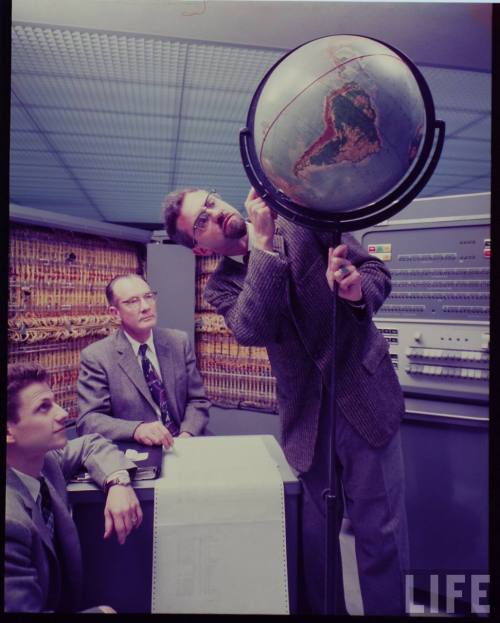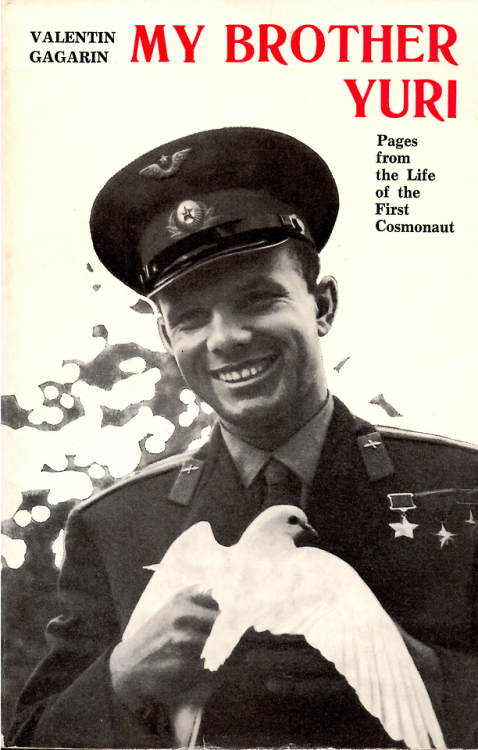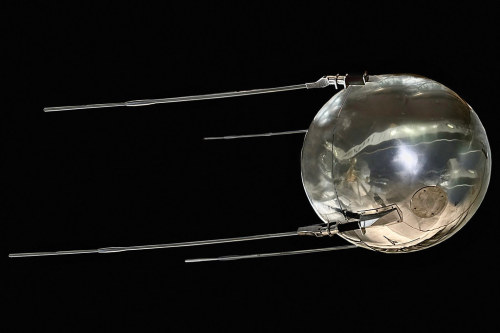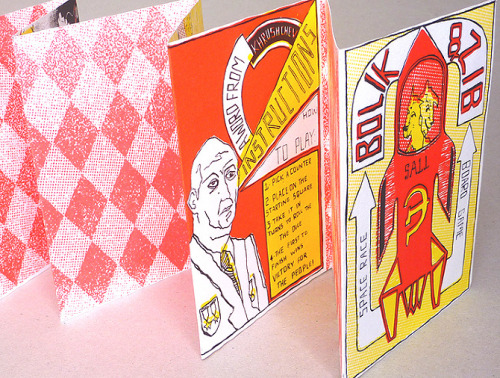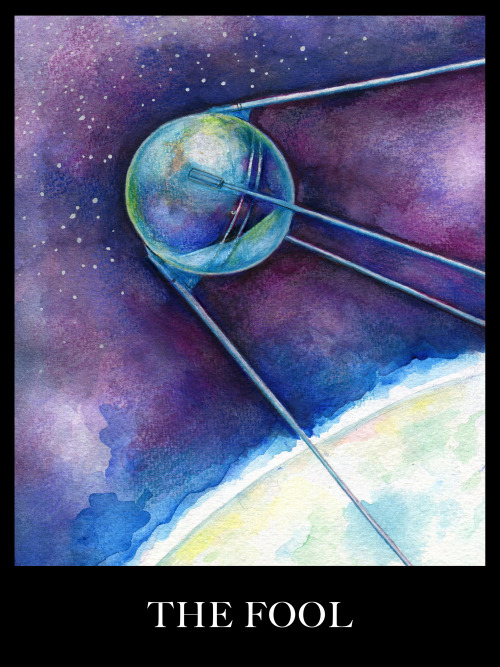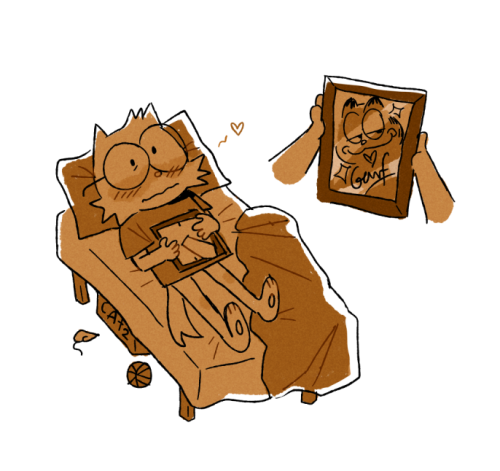#sputnik
Sputnik by jurvetson Released from a Russian museum, it will hang nicely from the rafters at our space museum at work.
Manufactured by the Soviet Academy of Sciences — the group that held responsibility for the general scientific leadership of Sputnik and the supply of research instruments — this full-scale shell measures 2’x7’ long.
Sputnik was the first object placed in orbit, back in the U.S.S.R., October 1957. It was the beep-beep-beep heard round the world. Its radio transmitters provided data on the Earth’s ionosphere and on the structure and temperature of the upper atmosphere. More significantly, its creation ignited the historic Space Race between the United States and the Soviet Union. Its radio signal was easily detectable by ham radio enthusiasts (20 and 40 MHz), and the 65° orbital inclination and duration of its orbit made its flight path cover virtually the entire inhabited Earth, proving to all that they had done it. https://flic.kr/p/2mGqvBN
Post link
Hello. We’ve been writing this blog every day for almost twelve months now. As it was our intention to find out why every single day of the year is BRILLIANT, we now have less that a week to go. If we make it, there will be six more posts after this one. You can also find this blog on Wordpress, along with a short explanation of how it came about, and in which we reveal which of us has actually written all of this on the ’about’ page. Thank you all for reading, liking and re-posting. It’s been fun to reach so many people across the world from our small corner of rural North Yorkshire. Will we pick up three more followers to make it a round hundred before March 15th? Probably not…
Why March 9th is BRILLIANT
Heavenly Choir
Goodness, March is turning out to be quite the month for space travel. On this day in 1961,the Russians launched their spacecraft Sputnik 9. At the beginning of the 1960s, there was a huge race between Russia and the United States to be the first nation to launch a human into space. Everyone needed to learn a lot about space flight; what it would do to a human body, how to make a successful landing, and they needed to learn it quickly. Sputnik 9 was not a manned space flight, but it was an important and interesting step along the way. On March 9th 1961, a dummy was launched into space. He was named Ivan Ivanovich which is the Russian equivalent of ‘John Doe’ or 'Joe Bloggs’.
People who were working in the space programmes were worried about the effects of the lack of gravity on the human body, about the presence of radiation and also that a human confined in a tiny capsule so far away from earth would succumb to what they called 'space madness’. As much as they wanted to send a person into space, they wanted that person to come back safe and well. The Russians tested and retested their equipment and their final test was to send something as human as possible in an orbit around the earth.
Ivan was made mostly from metal with bendable joints because they needed to dress him in a space suit. He had a skin of synthetic leather and a detachable head. His head, they decided to make as lifelike as possible. He had eyes and eye brows, even eyelashes. Then they thought about what might happen if he crash landed in a remote area. Someone might think he was a real human, even an alien. So they taped a big label over his face with the word 'maket’ which means mock-up. To make sure that space travel was as safe as possible for organic life, Ivan had companions. Because space was at a premium inside the capsule, they used cavities inside his body to carry forty white mice, forty black mice, some guinea pigs, various reptiles, human blood cells, human cancer cells, yeast and bacteria. In addition to this, they sent a dog with him called Chernushka, which means 'Blackie’.
Apart from testing how all these life forms would fare, the safety of the capsule and of the space suit, they also needed to test the ejector seat mechanism that would be used on landing. Sputnik 9, could not land safely, so the pilot would need to be ejected, along with a parachute before the capsule reached the ground. Ivan could also carry, within his body, instruments that measured things like acceleration and radiation levels but they also needed to test communication between the capsule and the ground. For this, Ivan would need a voice. They knew that their transmissions would be picked up by western countries, so they had to think carefully about what Ivan would say. If it sounded like a coded message, people might think they had secretly launched a human into space and that they were being spied upon. Perhaps, they thought, a tape of someone singing a song. This was rejected because anyone who intercepted the transmission might think they had sent up a cosmonaut who had succumbed to space madness. Their solution was simple and rather beautiful. They fitted Ivan with a tape that would play a whole choir singing. There was no way anyone would think that they had sent a whole choir into space inside one tiny capsule.
So, Ivan Ivanovich was first launched into space on March 9th 1961. Sputnik 9 made a single orbit of the Earth in a journey that lasted a little over an hour and a half. The mission was a success, the ejector seat and parachute worked and the dummy was recovered. You’ll be happy to know that Chernushka, the dog, who crash-landed along with the craft also survived.
A second trial was made on March 25th. This time Ivan was accompanied by a dog called Zvezdochka which means 'little star’. The dog was given this name by Yuri Gagarin who would, less than three weeks later, become the first human in space. This time, they added to the choir recording, a recipe for cabbage soup, either to make the message even more confusing, or because they thought the world needed to know how to make it properly. This flight was also a success and Zvezdochka also survived her trip. This time the recovery team were unable to get to the landing site, in the Ural mountains, for twenty four hours. The local people, who had watched a figure floating down in a parachute, arms and legs flailing, were very surprised when they approached the lifeless figure and opened his helmet, only to see the word 'maket’ taped across his face.
Post link
“The idea was to create a screen printed board game for children and young-at-heart adults. It charts the journey of two genuine Soviet space dogs (Bolik and ZIB) into space. The colour scheme is red, yellow and black, mimicking that of propaganda”
(Bolik and ZIB never actually met–“ZIB” is a Russian acronym for Замена Исчезнувшему Болику or, “substitute for missing Bolik,” who had run away before the launch.)
Post link
Amy Shira Teitel’s fascinating nonfiction debut is an excellent companion to Michael Chabon’s recent novel Moonglow and Theodore Melfi’s film Hidden Figures—which hits theaters tomorrow!
Post link
The Space Race Begins!
Today is the 60th anniversary of the launch of Sputnik, but the first use of the word satellite to indicate a man-made object was 1936, over twenty years before the Russians actually created a viable satellite with their launch on October 4, 1957.
The word Sputnik-(in Russian Cпутник-1-anticipating more satellites, the Russians already called it Sputnik 1) is the combination of the Russian preposition c- (thes- sound, when added to the beginning of a Russian word means with) and the Old Church Slavonic root word potimeaning aroad,wayorjourney, ultimately meaning a traveling companion.Sputnik 1 broadcast its simple radio signal for 22 days before falling silent in at the end of October, 1957. Roughly 2 feet in diameter and weighing almost 200 pounds, Sputniklaunched Russia to the forefront of the space race. Even most Russians, though, were unaware of the significance of the event-the ‘headline’ event in Pravda (see image above) did not hit the front page of the newspaper until October 6, although it made the front page of the New York Times on October 5!
Who won the Space Race? Depends on when it began, but it also depends on where the race is now and where it will end. When the Space Race was at its height, no one could have imagined a day when a continously manned Space Station would be jointly run by the United States and Russia with a consortium of nations contributing. We are all winning the Space Race!
Post link
Hugging Sputnik
.
.
.
#motiondesign #motiongraphics #illustration #sputnik #characterdesign #design #artwork #dribbble #behance #wacom #aftereffects #motion #animation #space #cosmos #universe #cosmonaut #astronaut #planet #instart #picame
When it comes to Campari cocktails, Eva Green always aims for the stars. http://youtu.be/FRIQrdv3V0w
Post link
The Fool. Art by Thalia Patrinos, from The Spacecraft Tarot.
Sputnik
The Fool represents a new beginning.
In many tarot decks, the Fool is depicted as a jester-like character, so absorbed in the happiness of the moment that he doesn’t realize he is about to step off a cliff. The Fool is naïve and open to new experiences, without any skepticism or weariness to deter him. Even if the future is unclear or uncertain, he boldly takes steps into the unknown without fear or reservation. The Fool serves as a reminder to bring a fresh perspective to every new experience.
Sputnik I launched into orbit the same way the Fool steps off the cliff: completely oblivious of how the next moments would unfold, no inkling of how this event would change the course of history forever.
Post link



